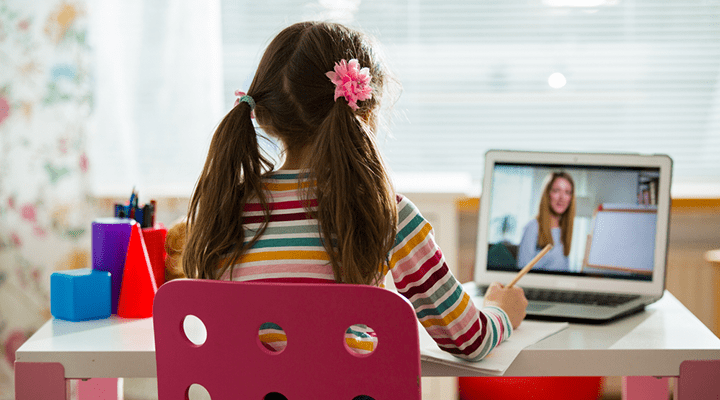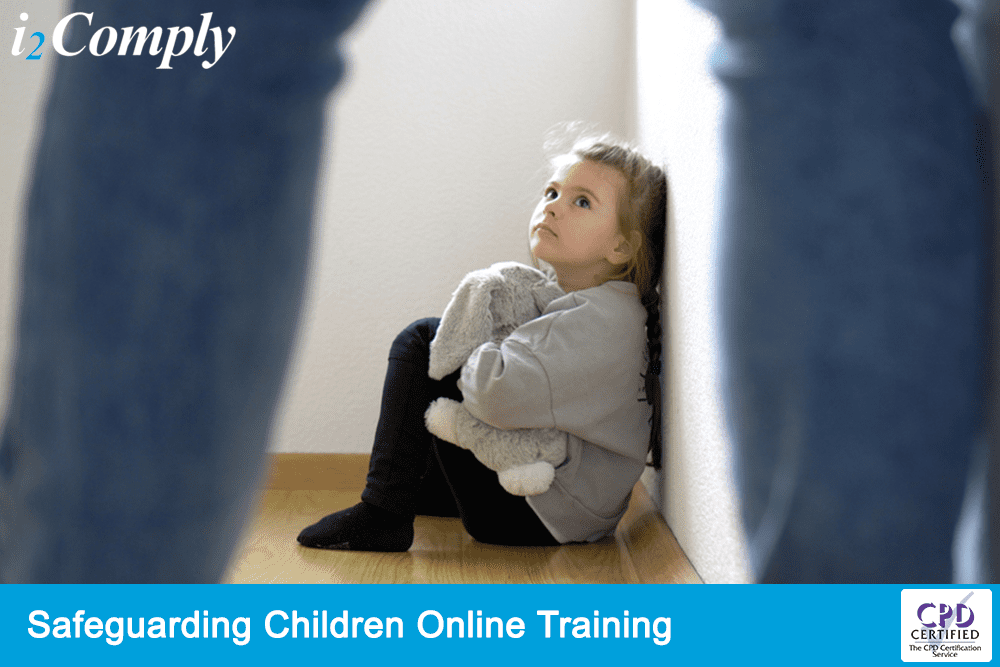Is the Internet a safe place for children?
In modern times, the internet has become a necessity rather than a luxury for children and adults alike. It is wonderful resource which children use to research information, communicate with teachers, family and friends and, of course, play. Children who do not have adequate access to the Internet will struggle to participate fully in education, work and life in general.
However, online access comes with risks. Children who use the internet are at risk of cyberbullying, online predators, scammers and being exposed to inappropriate content.
So, how do we keep children safe online? It is essential that children, parents, carers and teachers have a high level of digital literacy so they can navigate these risks successfully.
What types of online sites are risky for children?
When children access social media sites, they are exposed a to variety of risks, including cyberbullying and online grooming.
By browsing the Internet, there is risk of exposure to online pornography, images of extreme violence and extremist propaganda. Video sharing sites like YouTube and Tiktok are very popular with children but include material many parents would not want their children to see.
Mobile phones apps like WhatsApp and Snapchat are also very popular with young people. Snapchat images are, in theory, only available for a short time before they ‘disappear’ but in fact it is easy to take a screenshot which is then available indefinitely. These apps, and others, can be used to send sexually explicit images. Many young people find themselves under pressure to send nude images of themselves, and then are subject to blackmail because of it.
What types of risks exist online?

There are many risks associated with the use of technology. Some of these risks apply to everyone – adults and children alike. Other risks are especially applicable to children.
Risks include cyberbullying, sexting, doxing, online pornography and other inappropriate content, and online grooming.
How is online pornography damaging for children?
Many children who access the internet are exposed to online pornography – sometimes by accident, sometimes due to a friend and without consent, sometimes deliberately.
Pornography is addictive and it rewires the brain. This is true for both adults and children, but it affects children more as their brains are still developing. Over time people become desensitized and need to find more novel content to get the same effect.
Pornography gives children unrealistic expectations of sex and a poor understanding of consent issues. It also creates unrealistic ideas about body image. For example, girls as young as nine are seeking surgery to alter the appearance of their genitals.
How do bullies operate on the Internet?
Cyberbullying is bullying online. It includes any form of anti-social behaviour over the Internet or a mobile device. It is an attack or abuse, using technology, which is intended to cause another person harm, distress or personal loss. Cyberbullying can feel worse than other bullying because it can be impossible to escape from it.
Cyberbullying is very common. 1 in 5 children aged 10 to 15 in England and Wales experienced online bullying in the year ending March 2023. And 27% of children in the UK say cyberbullying is what worries them most about the Internet .
Bullies use a wide range of techniques to intimidate and abuse others online. Examples include intimidating text messages, sharing embarrassing images, and setting up a hate site about a particular child. Some young people have been driven to suicide by relentless online bullying.
What is sexting?
Sexting is when someone takes a sexually explicit picture or video of themselves and then sends it to someone else. Young people sometimes come under pressure to send explicit images of themselves to other people. They can then become victims of blackmail or they may be humiliated amongst their peers.
What is the metaverse and how can it be harmful?
The metaverse is a highly interactive three-dimensional virtual world that exists permanently whether you are in it or not. You have an avatar to represent you in this world, and the avatars that you interact with represent real people. Roblox is an example of a metaverse app that is popular with children.
There are many potentially harmful effects of the metaverse, especially for young people. Harassment, racism and abuse are common in the metaverse. You have no way of knowing the real age and identity of the people you are interacting with. It is a resource that may be used by people who want to groom young people and persuade them to meet up to send sexual images.
What is catfishing?
Catfishing is the term used to describe how people create a fake identity and use it to establish online relationships. Sometimes the aim of this is to groom children and persuade them to meet up, or to send nude images.
What is cyber self-harm?
Cyber self-harm is when someone uses an anonymous social media platform to send themselves abusive comments or messages.
It can become a habit and can lead to conditions like depression, low self-esteem, eating disorders, or suicidal thoughts.
What is revenge porn?
Revenge porn usually occurs between two people who have been in an intimate relationship but have fallen out. The offender posts private images or videos on social media for everyone to see. The victim may be a child or an adult. The outcome can be devastating for the victim.
What is doxing?
Doxing is when someone posts personal information online about someone else for the world to see. The information can include the victim’s real name, home address, phone number, email address, photos or other personal information. Other people can then use that information for a variety of malicious purposes.
How does online grooming of children work?
Online grooming refers to when someone builds an online relationship with a young person and pressures them into doing something sexual. For example a young person may be drawn into sexual conversations, persuaded to perform online sexual acts or send sexual images. The groomer may even persuade the young person to meet them in person.
How can you tell a child is suffering due to online activity?
It can be difficult to spot when a child is experiencing problems due to Internet activity. You need to observe behaviour over a period of time so you can notice changes.
You should be on the alert if a child:
- Spends a great deal of time online
- Suddenly changes the amount of online activity, either an increase or a decrease
- Is distressed in some way after being online
- Is secretive about online activity
- Has lots of new online contacts
What can I do to keep children safe online?

It is important that parent, carers and teachers have an open dialogue with children about the use of the Internet. Talk to them about the sites they visit, be with them when they are online and pay attention to their online activities. You should agree boundaries – how much time will they spend online and what activities are appropriate for them. Talk to them about social media and, with older children, discuss the implications for the future. Remind children that what they post today may be accessible years into the future, so never post anything online you wouldn’t want your parents to see. All this should be an ongoing conversation, not a one-off, and will help to keep children safe online.
Many search engines allow you to set parental controls. Remember that the default may allow open access – if you want to restrict searches then you’ll have to set that up. There are several Internet search engines that are designed to keep children safe from inappropriate content. These include Kiddle, Factmonster and Zilladog.
If your family all use the same computer, set the home page to a child-friendly site. And set passwords wherever possible so that you need to be present for a child to get started on a site. Also set up some age-appropriate apps for your children so they don’t have to search out their own.
Make sure your children know that they should not share personal information online. This includes email addresses, phone numbers, their address and their real name.
Children should only interact with actual real friends or family members, or they should be extra careful about new friends.
How can I keep up to date with online risks to children?
The Internet is a fast-changing environment. Every year there will be new exciting opportunities online. And there will be new risks associated with these developments. To keep children safe online, whenever you hear about a new issue, check it out – find out what it means for you and your children. Don’t wait until it has become a live issue for your child.
Of course you will find a lot of the information you need online. The website www.internetmatters.org is a good place to start.
Interested in Safeguarding Children Training?
I2Comply offer an online CPD-certified Level 1 Safeguarding Children Training Course.
Have a question you would like answering?
If you have a question or would like additional information on our training courses, please contact our friendly support staff on 0333 577 5016 or sales@i2comply.com.




